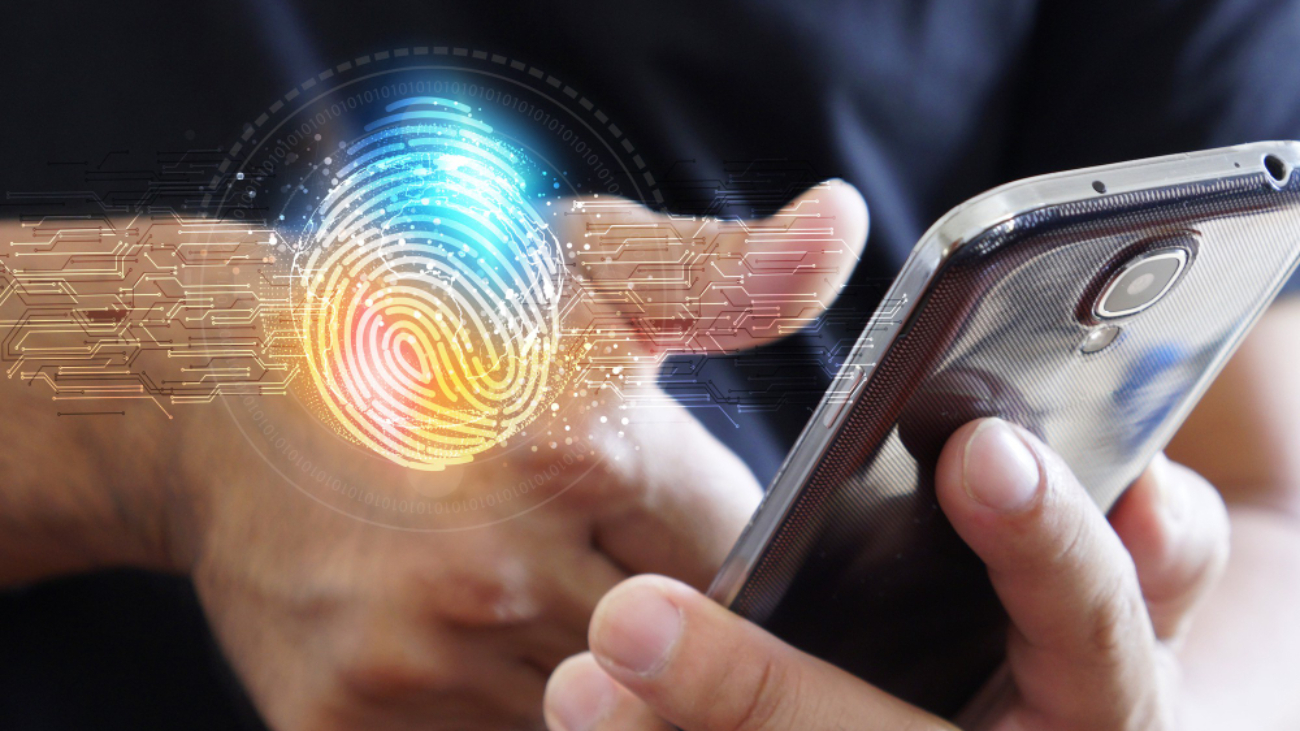Border control is an important issue at airports when international flights land. The use of biometrics has helped to make border control more efficient. It allows for quicker processing, allowing travellers to exit the airport sooner.
Bahaa Abdul Hadi explains why it is important to understand how biometrics is used in border control. eGates technology is being used to manage border control better.
Biometrics in border control
Automated border control systems are referred to as eGates. It uses data from a chip stored in a biometric passport. This allows seamless verification of identity helping passengers to clear border control quickly. Biometric authentication is compared to the data on the passport allowing this to happen.
To ensure safe and secure travels, agencies in US and Europe have implemented biometrics. RFID chips are used where fingerprint scans and digital imaging are stored. This allows easy entry while fraudulent identification can be prevented.
Each country follows different systems for border control. These include:
- In Singapore, the enhanced immigration automated clearance system allows for an easy entry and exit at checkpoints. Even foreign visitors whose fingerprints are registered can use this system.
- In the UK, the epassport gates are manned at immigration checkpoints. This allows passengers to use facial recognition to clear immigration. This is facilitated by reading from the chip located in the passport.
- Europe uses the FastPass where digital imaging and fingerprint scans on the RFID chops are used to clear border gates.
- The Customs and Border Protection in the US uses facial recognition for convenient border entry.
How it works?
Bahaa Abdul Hadi want to share with his audience how biometrics works in border control.
- Biometric data like fingerprint, face recognition, and iris recognition patterns are stored.
- This data is compared with the data obtained from the passenger at the border control gate. The data from the database is retrieved to carry out the authentication.
- This allows the identity of the passenger to be validated seamlessly.
- At the same time, the data is also compared to watch lists. This helps in detecting people on a watch list, so they are prevented from entry.
- The systems used have modular architecture that make the system to be configured and managed easily.
The use of biometric in border control has increased as a result of the COVID pandemic. The pandemic and the resultant restrictions made it imperative to have touchless transactions where there is minimum contact between the passengers and the border control team. Biometric systems have ensured this without compromising on security.
Thank you for your time. Stay tuned to www.bahaaabdulhadi.com







